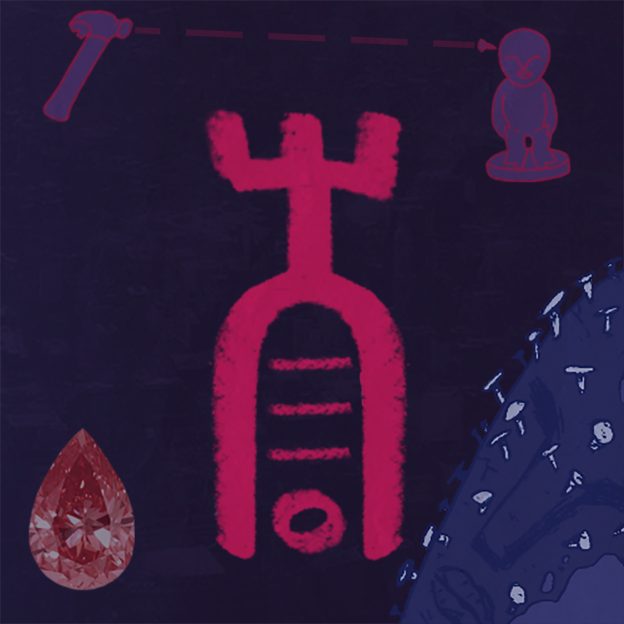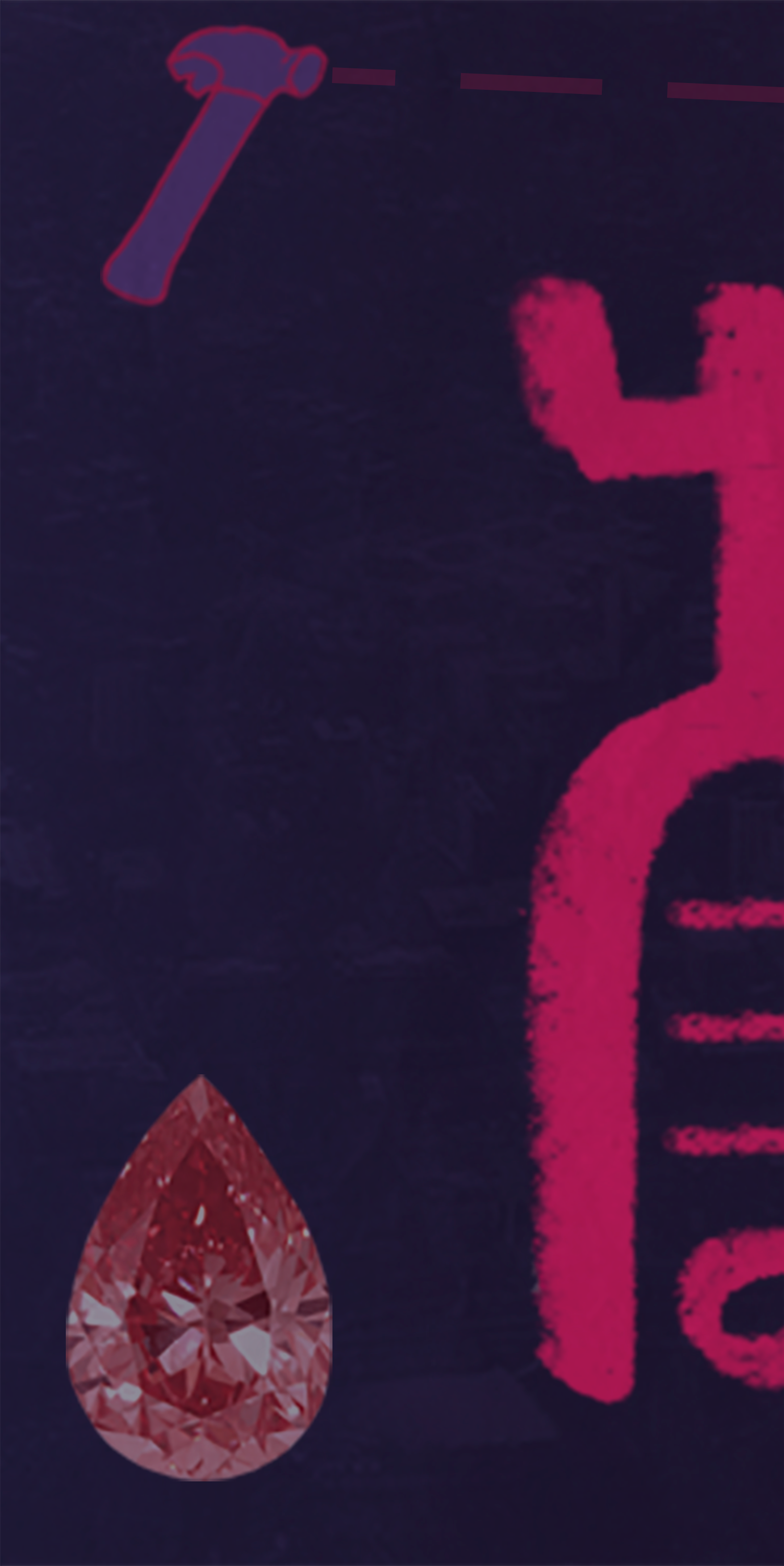with artworks by CRICE
Once again, CNN is on a twenty-four-hour coverage loop. My attention toggles between work and civic unrest in HD. Another Black person dies at the hands of a police officer; however, there is something distinctly different this time: the murder was captured on video from multiple angles by bystanders. The video features officer Derek Chauvin slowly choking the life out of George Floyd with a knee pressed against his neck. Just before Floyd’s brain is deprived of oxygen, he cries out to his deceased mother for rescue. Yet another confirmation of criminal justice corruption, the mass circulation of the video was the equivalent of a match thrown into a tinderbox of a million unresolved racial grievances. Throw a global pandemic and white nationalists eager to make political use of the civic unrest into the equation and, alas, the nation is swept further into the multifarious matrix of race.
Race is intersectional (working in concert with other categories of social difference like gender and class), a social construction, a social institution, subject to change, and implicates us all as agents of its survival. We all live in this fabricated ecosystem. For some it’s a space of comfort nestled in real or imagined possibilities while others are plagued by poverty, guilt, or relentless alienation. Its trappings are material and psychical, claiming us all, to varying degrees, in acknowledged and unreciprocated ways. I venture to argue that a vast majority of the 58% of US citizens under the impression that race relations are poor (as reported by a 2019 Pew study), even those on the front lines of resistance and social change, don’t see the ways they are implicated in George Floyd’s murder.
Far-right beneficiaries of the mechanisms of capitalism, the working poor, political moderates, and queer academics of color alike, we have all signed—in hope, the need to belong, in blood, tears of resistance, or sweat equity—the social contract that devalues Black life systematically. Recently, the scales have fallen from the eyes of most US citizens, taking note of the ways racism takes on discrete, procedural, and tactical forms through colorblindness, the war on drugs, and neoliberal ideology and policy. The neoliberal pivot that took root shortly after the civil rights movement of the 1960s merged antiracism and racism seamlessly. Yes, you read that right, the neoliberal rally around privatization, financial solvency, and competition maintains established racial hierarchies without reference to race or racism. For example, the neoliberal regime co-opted the cultural climate that was widely in support of desegregation to incentivize gentrification. A suite of tax breaks and subsidies for housing previously owned by displaced people of color made it possible for urban newcomers to convert undervalued, racialized spaces into generational wealth at the expense of Black families under the race-neutral cover of free-market capitalism.
We’ve entered a new era of critical race consciousness and accountability. It is no longer a secret: the struggle against educational disparities in the US will have no sustainable traction as long as our racialized system of property continues to distribute generational wealth unevenly along racial lines. What’s more, the national push to “Defund the Police” in response to the murder of George Floyd at the hands of Derek Chauvin is a strategic attempt to redirect the supposedly ‘race-neutral’ flows of free-market capitalism away from what we’ve come to know as “the prison industrial complex.”
Critical race consciousness and accountability has even hit late-night TV! Let’s consider Trevor Noah’s poignant remarks on the situation:
If you felt uneasy watching that Target being looted, try to imagine how it must feel for Black Americans when they watch themselves being looted every single day. Police in America are looting Black bodies. . . . Society is a contract that we sign as human beings with each other . . . and the contract is only as strong as the people who abide by it. . . . There is no contract if the law and people in power don’t uphold their end of it.
Noah points to something implied that cannot be noted enough: the core aim of the Black Lives Matter movement is to close all gaps between our stated values and our lived realities, within and beyond the criminal justice system. For some, the terms “systemic racism” and “intersectionality” are mere buzzwords bandied about in exchange for a quick ‘woke’ credit toward a personal or institutional life on the anitracist side of history. Others are eager to push past the empty rhetoric and symbolism toward antiracist shifts in policy and procedure.
The project to align the form and function of US citizenship has been in the works for quite some time. Indeed, the work of dismantling existing structures of privilege and injustice toward equal opportunity and outcomes has made considerable progress. Antiracism scholars, teachers, cultural activists and protesters around the globe are now equipped with a working knowledge of the ways everyday silence and ‘business as usual’ subject the most vulnerable among us to death and disempowerment at the hands of law and capital. Moving beyond knowledge of the workings of the matrix of race to the work of dismantling systemic racism, however, is a tall order, particularly in the face of the 42% of US citizens who don’t seem to think racism is a matter of large concern for the nation. How do we fashion a new civil rights movement attentive to the revised structures of social and political power that secure life and death unevenly across racial and class lines? What’s more, how do we do this work in ways that are mindful of the fear- and resentment-based tactics that keep our latest installment of the matrix of race in orbit?
I invite you to look just beyond the haze of rhetorical plays equating protestors with looters into the handiwork of the “Boogaloo Bois,” a dispersed movement of radicalized antigovernment guns-rights activists—some, but not all of them white supremacists—suspected of attempting to ignite a second Civil War. Here, the shadow work that underpins the matrix of race in our contemporary moment takes on a distinct shape: our national tendency to quickly weaponize Black resistance or politicize it on a sliding scale according to its capacity for brand promotion and capital production.
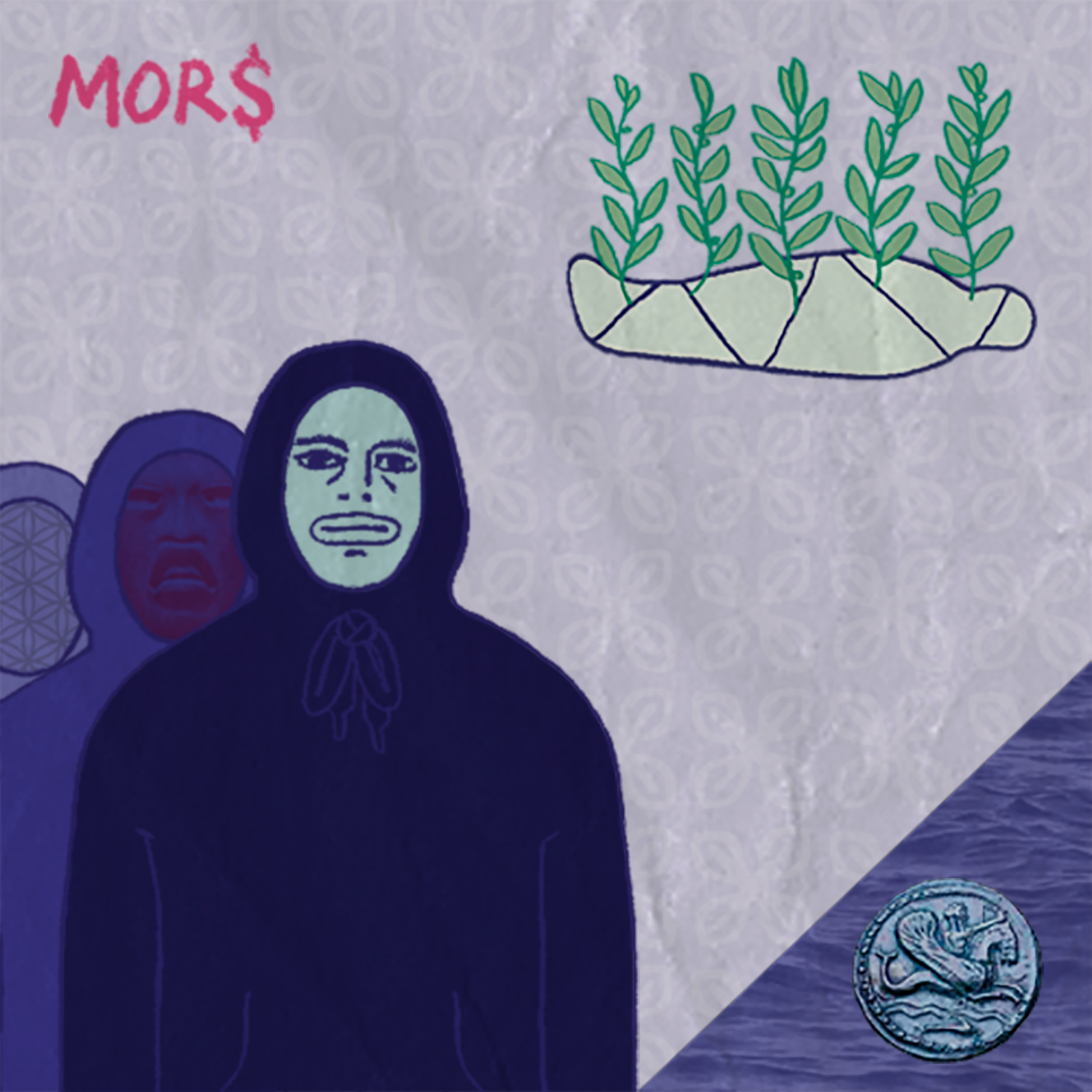
Let me explain: In The Erotic Life of Racism, Sharon Patricia Holland invokes Michael Jackson’s nod to what she calls the “ontological might” of race that is “too high to get over, too low to get under.” We can never fully account for—and thus remediate—the forces of racial inequity when we politicize racial pain and grievance to the point of turning them into commodities that eclipse everyday Black humanity. Somewhere between the consciousness-raising Proctor & Gamble advertisements, the NFL’s newfound respect for Colin Kaepernick’s stance on criminal justice reform, and the Black faces lost among the droves of white millennials and generation Xers standing in solidarity with the Black Lives Matter movement, actual Black lives shimmer in and out of view. What’s the point of gratuitous looting and vandalism after the call to “Defund the Police” has resulted in steps, however initial, toward criminal justice reform? Are the looters and vandals transferring the aftershock of the accumulative weight of ongoing racial inequities galvanized by the twin pandemics of racism and COVID-19 back onto the capitalist superstructure without remorse? Are they justified in doing so? Regardless, this method of protest poses countless barriers to substantive social change. All of this shadow work widens the existing ideological divide to the point of political paralysis. This is the perfect storm for the forces of structural inequity to affect aggrieved individuals and communities disproportionately without accountability and correction.
Meanwhile, in another precinct of the matrix of race, the Star Tribune, the upper Midwest’s beacon of liberal journalism, offered an initial hot take on the first night of protest riots after the murder of George Floyd, selling the image of Black rage to the public. The front page featured the image of the faceless body of a Black man hulking in a pose of rage in front of an AutoZone engulfed in flames, a building damaged initially by a white supremacist who later became known as “the umbrella man.” The nation has become so numb to the Black pain and grievance that it manufactures, even the most conscientious photojournalist is hard-pressed to avoid appropriating figurations of Blackness in the service of preexisting racial bias.
Racial grievance all too often functions as an elastic good. Unlike water and insulin, the value of racial grievance changes significantly across rhetorical and situational contexts. Racial grievance receives wider and extended airplay when packaged for the economic or political gain of an exterior entity. Notions like “inclusive excellence” furnish administrators and executives profitable opportunities to ‘talk in circles,’ embracing model minorities without offending conservative donors and clients. Meanwhile, polarization grows, with opposing interpretations of racial grievance, in degree and kind, alive and well. In these contexts, the ways systemic racism plays out against Black lives and opportunities fall on deaf ears. This is not an accident; it’s contrived and crafted. We rarely listen to the grievances of marginalized people or, even worse, issue robotic nods of adherence when they share their grievances.
Every time a CNN camera pans across this strikingly diverse wave of protesters united in antiracism, I’m cautiously optimistic. On one hand, I’m swept by hope for the alignment of the form and function of US citizenship. On the other, I’m reminded of the ways racial grievance, particularly when it hits the mainstream, is appropriated in the service of the existing racial hierarchy and the pervasive capitalist superstructure. There is a disparity between the declared public aims of neoliberalism (well-being of all) and its actual consequences (the restoration of class power). As David Harvey explains, neoliberal ideology and policy falsely assume a level playing field, consolidate upper-class power, and favor the solvency of financial institutions over the well-being of the general population or environmental quality.
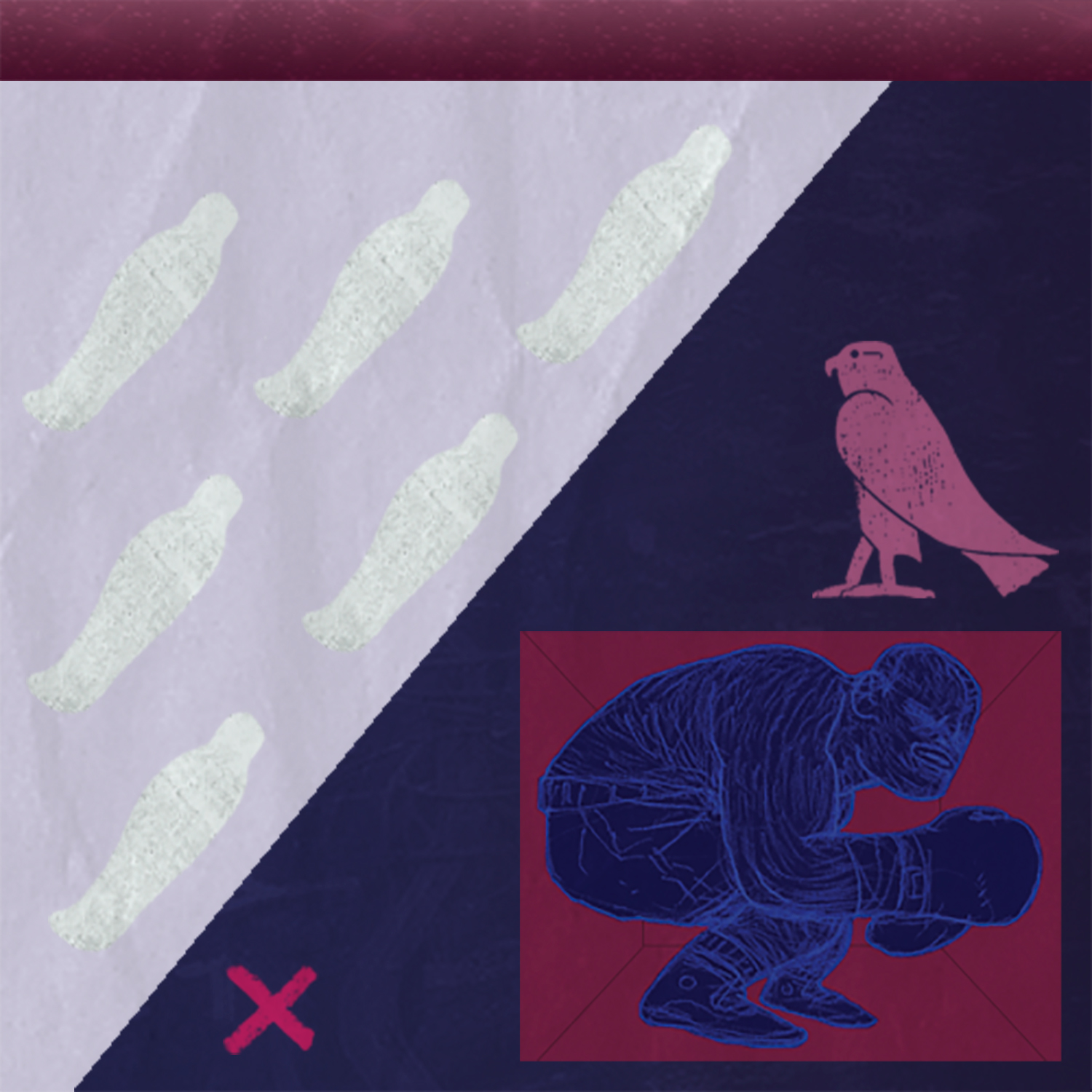
In the neoliberal racial state, to which we in the US belong, collective forms of opposition that emerge in response to such disenfranchisement are racialized, weaponized, and met with a host of policing tactics (chiefly, coercive legislation, incarceration, surveillance, and propaganda). The brand of Black-pain-appropriation engaged by the Boogaloo movement emboldened the politics of racial resentment and indifference against the Black Lives Matter movement by igniting all of these policing tactics at once.
The looting and arson, some of which was organized and initiated by the Boogaloo Bois in communities where people of color live and work, worked strategically within and against the grievances of minoritized communities across the nation. While the image of protestors united in multicultural bands against systemic racism across the nation sets the notion of a ‘racial divide’ off-kilter, the infiltration of this spirit of social change—from setting buildings on fire gratuitously to provoking combustible situations between protestors and officers from the sidelines—by those with an endgame to exacerbate racial and political polarization will have lasting material effects. If we take the riots following the murder of Dr. Martin Luther King and the beating of Rodney King as historical precedents, efforts to rebuild the ravaged economic infrastructures will be met with political inertia and systemic disinvestments of all stripes. The full return will take decades. Certainly, as Michael Jackson proclaimed, “we’re stuck in the middle.”
Now more than ever, we must balance aspiration with acute realism. Our protest chants and cultural activism must carry the spirit of what Johnathan Winters calls “melancholic hope,” embracing and counteracting the incomplete struggle for racial justice. As we forge forward, we must question the efficacy of protest strategies that fold “Black burdens of proof” into “white benefits of the doubt” by placing white bodies on the front lines to protect Black lives. Why must our white allies stand on the front lines of racial protests in preservation of Black lives in order for the resistance to gain political traction? In all of its well-meaning expediency, this mode of social protest indirectly divests officers of the responsibility to see Black lives as subjects of political agency and autonomy.
I must admit: there is a small region of my mind that thinks “Black Lives Matter” so much these days because the moral authority of the white heteropatriarchy Derek Chauvin embodies is on a global witness stand. Are we mourning the loss of the moral authority of white heteropatriarchy in blackface? Or, are we mourning the loss of the moral authority of the criminal justice system Derek Chauvin represents by proxy? Sustainable progress beyond what, on the surface, appears to be an intractable problem at the intersection of racism and the criminal justice system may rest in our willingness to mourn all three. If today’s antiracism protesters are asking the nation to mourn the loss of the moral authority of white heteropatriarchy and the criminal justice system as they mourn the loss of George Floyd, this significantly alters the transformative value of this inflection point of civil unrest. It would signal our collective capacity to connect the dots between cause and effect, highlighting the enduring psychic attachments embedded within our institutional structures pursuant to policing them.
Until the publication of Michelle Alexander’s The New Jim Crow: Mass Incarceration in the Age of Colorblindness, the neoliberal culture of surveillance and incarceration that targets Black life flew under the radar because it operated covertly. Policing and incarcerating ‘people of poor choice’ for profit is a systemic maneuver—from providing cash incentives to police officers for populating privately owned prisons with people from Black communities to the corporate use of prison labor to avoid paying a minimum wage and health insurance—that has plagued poor communities of color disproportionately since President Richard Nixon’s “war on drugs.”
Redefining the prevailing definition of criminality is in order. Perhaps what might be more transformative than uncovering Chauvin’s racist motives, given the shadow work of the matrix of race discussed above, is to point to its more insidious institutional corollaries. The persistence of structural racial bias, which is fed by the recycled discussions regarding the motives and intent of racist individuals, is, in large part, responsible for the fact that we’ve yet to standardize a set of policies and practices that balance the preservation of life and citizenship with efforts to protect public safety.
Earnest attempts to account for and ameliorate racial grievances fall flat when they fail to intersect with personal, as well as institutional, sacrifice and accountability. Somewhere between those who are armed to the teeth without an ethics of accountability, and those who are the most vulnerable among us without equal protection under the law, lies the masses of the relatively privileged who keep these poles in orbit. We must beg the question that dismantles comfort: is there an actionable alternative to placing a “Black Lives Matter” sign on the lawn or in the window?
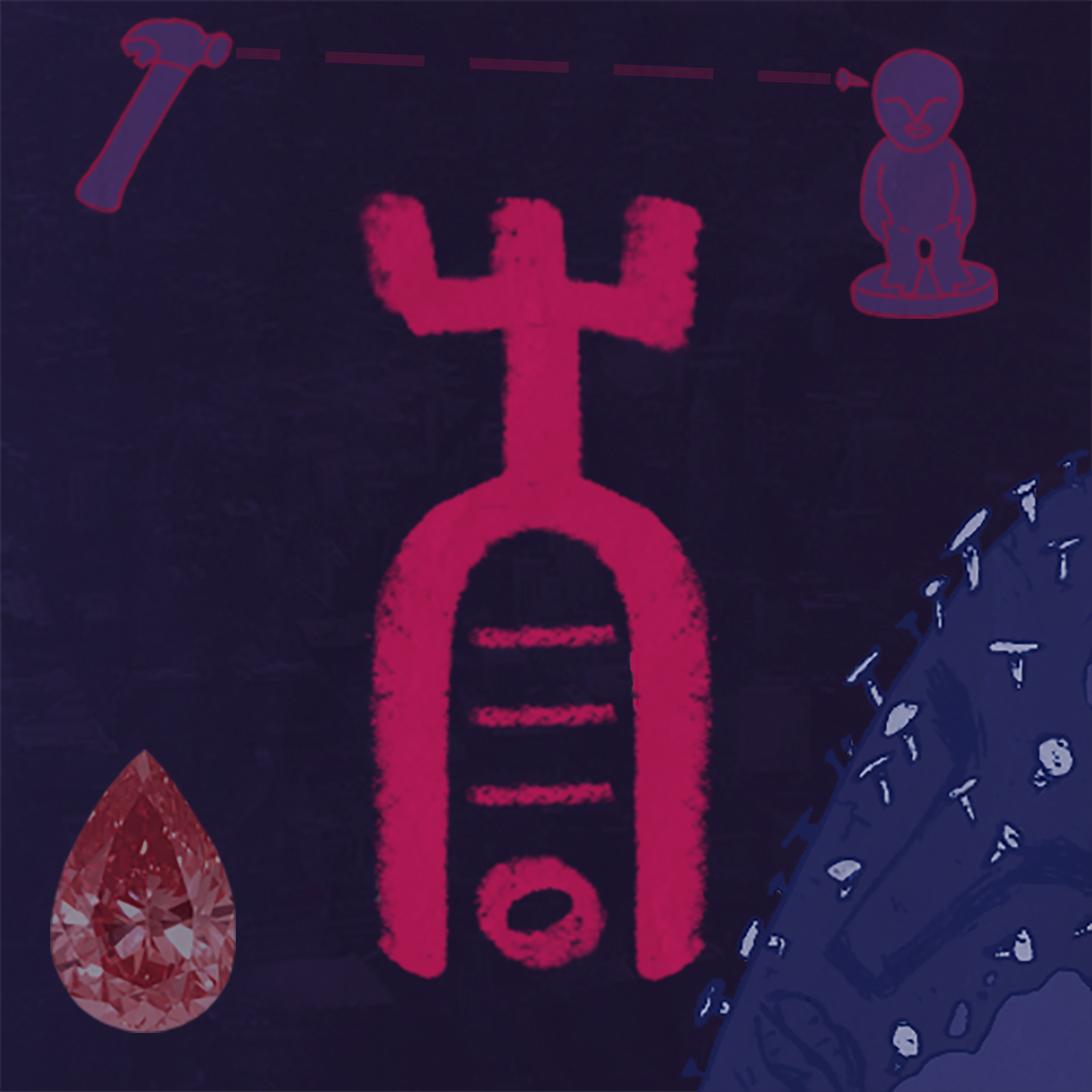
While walking in my neighborhood, I stumbled upon a call to action painted on a boarded-up building that may possibly hold the key to disrupting racism’s shadow work: “Love your Black Brother.” This mandate is simple to understand, radical, and rife with promise. Targeted and sustained disruption of our racial economy requires all of those occupying the magical middle to share their boxes of social, financial, and existential privilege or promise with Black and marginalized individuals and families. However outlandish and extreme, this is the mark of radical protest.
Radical protest of this sort requires courage amidst the mushrooming of rituals of resistance against social change. The recent return of what Billie Holiday called “strange fruit”—that is, lynched Black bodies hanging from trees in 2020—throughout the US shortly after Mayor Muriel Bowser named the two-block-long section of 16th Street NW in Washington, D.C., “Black Lives Matter Plaza” should not be a surprise to those who understand the disciplining function of the lynching ritual. In addition to the social control of Black life, the ritual works through fear and intimidation to undermine cross-racial alliances. It does so while reinforcing the long-standing equation between whiteness and power. Just as the pendulum of the US presidency swung in extreme from the election of Barack Obama in 2008 to the election of Donald Trump in 2016, post-Floyd era strides in coalition-building are pushing the conservative forces of inequity in the US back to their ancestral roots of racial policing.
Race-baiting rituals abound. How do we turn this tinderbox into shared boxes of financial and social safety? Is this even possible in the face of the economic insecurity wrought by the COVID-19 pandemic? There are so many possible points of intervention.
Tantamount to “Loving your Black Brother,” one of the most radical forms of protest in which people of color working on and off the front lines of social change can engage is a hearty regime of self-care. Valiant intentions and commitments to social change are no match for the virulence of indifference to and criminal retaliation against the fight for access and accountability structures designed to secure equity of outcomes. While none of us living today invented the matrix of race, our actions and inaction implicate us in the fortification of its contours and trapdoors. With nowhere to run and nowhere to hide, all of this endangers mental health. Therefore, we must convert the destructive affect underpinning racial despair and rage into our motivational desires for a more perfect union. As Audre Lorde urged in her essay “Poetry is Not a Luxury,” this begins with claiming the destructive affect and giving it a channel for productive, outward expression.
In addition, with the necessary affective channels in place, one can carve out time to design and embed social change structures into the institutions to which we belong. Translating social justice mission statements into deeds of social change, given the porous boundary between private money and institutional budgets, is a trapeze feat. It’s time to imagine what radical institutional change might look like within the context of these constraints. Diversity learning at colleges and universities that fails to translate into student-led civic engagement initiatives that prioritize equity of outcomes should be redesigned to do so. Academics might draw on their academic freedom more strategically, linking civic engagement and responsibility to their approaches to teaching and learning.
I also propose supplementing “intersectional inquiry and praxis,” the examination of the mutually constitutive oppressions on the individual (racism, sexism, ableism, transphobia, ageism, economic inequality, etc.), with what I call “interstitial inquiry and praxis,” a framework for understanding and addressing the overlapping and divergent impacts of the forces of oppression within and across communities. Accounts of the uneven, overlapping, and contradictory impacts of the forces of inequity and oppression are more attuned to collaboration; they circumvent the divisive identity politics upon which the racial matrix relies. Addressing the digital gap is another piece of low-hanging social change fruit all too often left on the vine. What’s needed are more social change agents and allies teaching students to enlist advanced digital communications tools and strategies to promote cross-cultural understanding, sustainable community partnerships, and ethical and just decision-making against the multifaceted workings of power at community, institutional, and policy levels.
The video featuring George Floyd’s murder and the covert forms of racialization that persist as the nation unites in protest against the tragedy is a sobering reality. Nevertheless, the video has opened a wormhole out of the racial matrix. In closing, we must beg one more hard question: who benefits from symbolic gestures of solidarity designed to restore the peace that needs to be disturbed? Even as the Boogaloo anarchists assimilate the mass protest into the mechanism of racial hatred and civil unrest, we must push past the pulls of window dressing and racial fatigue toward business as unusual.
Alexander, Michelle. The New Jim Crow: Mass Incarceration in the Age of Colorblindness. The New Press, 2012.
Coates, Rodney D., et. al. The Matrix of Race: Social Construction, Intersectionality, and Inequality. SAGE, 2017.
Ellison, Ralph. “The Art of Fiction: An Interview.” Shadow and Act, Vintage, 1995.
Harvey, David. A Brief History of Neoliberalism. Oxford UP, 2007.
Holland, Sharon Patricia. The Erotic Life of Racism. Duke UP, 2012.
Horowitz, Juliana Menasce, et al. “Race in America 2019.” Pew Research Center, 9 Apr. 2019, https://www.pewsocialtrends.org/2019/04/09/race-in-america-2019/.
Lorde, Audre. “Poetry is Not a Luxury.” Sister Outsider: Essays and Speeches, Crossing Press, 2007.
Noah, Trevor. “George Floyd, Minneapolis Protests, Ahmaud Arbery & Amy Cooper.” YouTube, uploaded by The Daily Show with Trevor Noah, 29 May 2020, https://www.youtube.com/watch?v=v4amCfVbA_c.
Omi, Michael, and Howard Winant. “Colorblindness, Neoliberalism, and Obama.” Racial Formation in the United States, Routledge , 2015.
Singleton, Jermaine. “Out of the Hands of Others’ Fantasies: Minority Mental Health in the Eye of Neoliberalism’s Storm.” Stillpoint Magazine 001, 2019, https://stillpointmag.org/articles/out-of-the-hands-of-others-fantasies/.
Winters, Johnathan. Hope Draped in Black: Race, Melancholy, and the Agony of Progress. Duke UP, 2016.
This feature is supported by
PROFESSOR JERMAINE SINGLETON writer
Jermaine Singleton is Professor of English at Hamline University. His essays appear in College Literature, MAWA Review, Journal of the Midwest Modern Languages Association, James Baldwin’s Go Tell It on the Mountain: Historical and Critical Essays (2005), and Black Cultural Production After Civil Rights (2019). He is the author of Cultural Melancholy: Readings of Race, Impossible Mourning, and Ritual by the University of Illinois Press (2015). He is currently completing a book manuscript titled The New Traffic in Blackness: Essays on Race, Neoliberalism, and Popular Culture.
Jermaine was previously featured in Stillpoint Magazine Issue 001: FANTASY with Out of the Hands of Others’ Fantasies: Minority Mental Health in the Eye of Neoliberalism’s Storm.
CRICE artist
CRICE is Connor Rice, an award winning multi-media artist from Southside Minneapolis. His work is heavily inspired by hip-hop, street art and ancient propaganda. He uses art to document the issues and motifs of pan-Africanist realities throughout time and space.
This is the third in a series of three features of CRICE’s work in Stillpoint Magazine. You can find his previous contributions here and here.
© Copyright for all texts published in Stillpoint Magazine are held by the authors thereof, and for all visual artworks by the visual artists thereof, effective from the year of publication. Stillpoint Magazine holds copyright to all additional images, branding, design and supplementary texts across stillpointmag.org as well as in additional social media profiles, digital platforms and print materials. All rights reserved.
